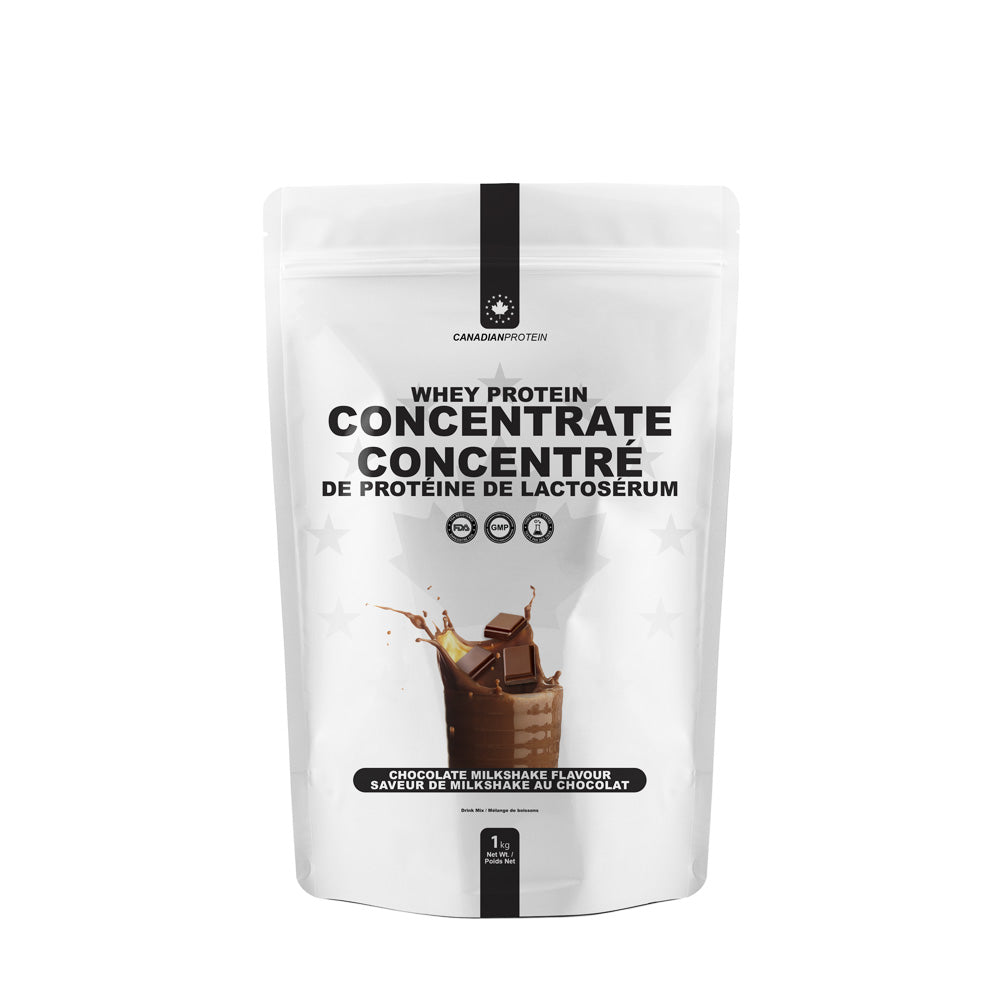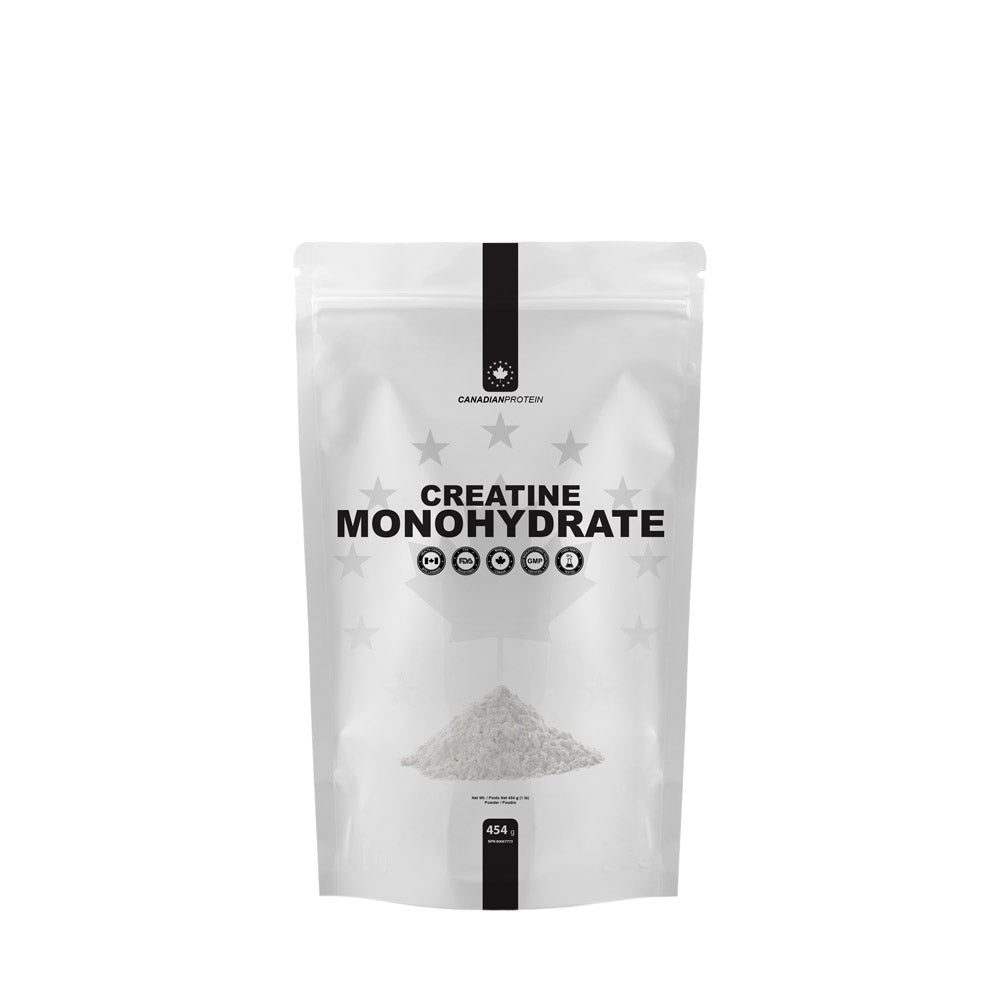Wouldn’t it be great if life were as simple as it’s made out to be on the TV and in magazines? Take health and fitness for example; According to many fitness mags, all you need to do to get in shape is eat clean and exercise more. Sounds simple, right? Well, in theory it is, except this is a very vague statement. They talk about eating clean, but which foods are and are not classed as being clean? They say that we need to exercise more, but which exercises should we do, when should we do them, and how often should we do them? You see, when you dig a little deeper, nothing is ever as simple or as straightforward as it first seems. To make matters even tougher for people trying to get in shape, it seems as if some so-called “experts” may not be as knowledgeable in regards to health and fitness, as they would have you believe. Unfortunately, many of these unreliable individuals are often guilty of providing keen fitness newbies with diet and fitness advice that is not only inaccurate, but is also potentially dangerous and about as effective as a chocolate fireplace. To help ensure you’re well-prepared for if somebody tries spouting off some inaccurate fitness nonsense the next time you’re at the gym, here’s a look at some of the worst pieces of diet and fitness advice that you will ever hear.
Aim for the largest range of motion you can

Range of motion, or ROM, when exercising, is very important. For example, when squatting, in order to target the correct muscles in the legs and to make the exercise effective, you should aim for a ROM which ensures your knees form at least, a 90 degree angle. Executing the correct ROM when lifting is very important, but it is important to know the difference between correct ROM, and as much ROM as possible. When you aim for excessive levels of ROM, this can often come at the cost of stability, and if your stability is sacrificed, you are in danger. When squatting for example, squatting just below parallel is ideal. When people talk about ATG (Ass to Grass) however, people often take this literally and will squat down so deep that they may struggle to get back up, or worse still, they may lose their balance and topple forwards with a barbell behind their necks. Put simply, learn the difference between optimal range of motion, and maximum range of motion.
You shouldn’t eat fat if you want to lose weight
We’re not living in the 1970s anymore, we’re hopefully more intelligent (though that could be debatable) and we’re definitely more advanced. Because of the breakthroughs in modern science and medical research, we now have a much greater understanding of diet and nutrition than ever before. Decades ago, fat was demonized and was blamed for virtually every single problem on the face of the earth. Heart attacks, strokes, obesity, cancer, and much more besides, were all blamed on fat, when in reality SOME fats are very good for us. You see, there are good fats, and there are bad fats. Bad fats come primarily in the form of trans fats, though some saturated fats from non-natural sources, are also bad for you. Good fats however, are essential for health and well-being. Healthy fats boost brain health and immunity, they promote healthy vision, they increase energy levels, they reduce unhealthy cholesterol levels, they promote cardiovascular health, and they even boost the metabolism and assist with weight loss. If you want to lose weight, it is strongly recommended that you consume sufficient amounts of healthy fats every day. Providing you track your calories and stay in a moderate deficit, the weight will literally melt off of you.
You should work through the pain

If you’re trying to build muscle, it is perfectly normal to experience a little pain and muscle soreness both during, and after, a workout. However, if you are in so much pain that you can barely move, you could be injured, or you may simply not have allowed your body enough time to recover. Forget about when people yell things like ‘No pain, no gain’ because if you’re in a lot of pain, this is your body’s way of telling you that something is wrong. Therefore, the last thing you should do is work through it, as you may not recover properly, plus you could exasperate the injury and make it worse than it initially is.
You need to be training every single day to see results
There are a lot of fitness enthusiasts out there who simply do not know what to do with themselves on ‘rest days’ and will therefore always try to find some form of exercise to do every single day of the week. However, if you want to make progress, you must allow your body adequate time to rest and recover after training. If anybody tells you to train 7 days per week, it’s best you pay them no real attention at all, because training 7 days a week is overkill, and will not allow your body, and your muscles, to recover from previous sessions. By training more you may think you’ll see more impressive results, but in reality you’re slowing things down and diminishing the effects of your workouts.
Don’t lift weights if you don’t want to bulk
For people trying to lose weight and slim down, there are a lot of people out there who will tell them to stick with cardio and to avoid lifting weights at all. The reason for this, they claim, is that lifting weights will bulk them up and cause them to gain too much muscle. In reality however, building muscle is very difficult and unless you are training and eating like a bodybuilder, you are highly, highly unlikely to bulk up at all. What will happen however, is that your body fat will drop slightly, and your lean muscle mass may increase marginally, giving you the appearance of being leaner and slimmer than ever.













